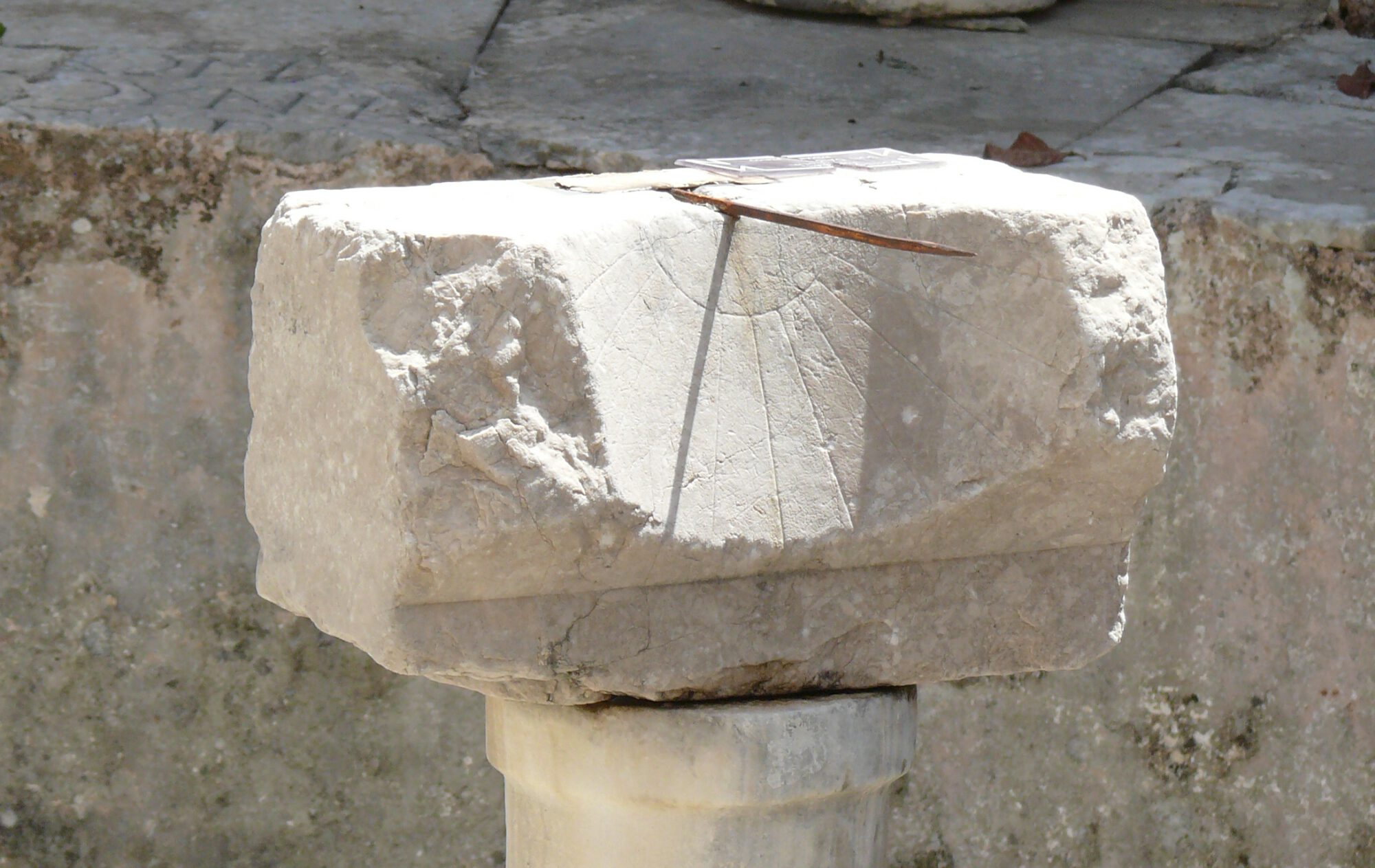Past summer, I had the opportunity to present my ongoing PhD project at the 31st International Congress of Papyrology. Because the main idea of this project was born during my time as a research assistant in the Lived Time project, I only found it fitting to rewrite my paper into a post for the Lived Time blog.
It all began with documents I found hard to understand. Not the language of the document as such, but that which was documented. They were surety agreements between farmers, sometimes also clergy, and a middleman (often called Menas), who represented a landowner, like the wealthy Flavia Anastasia. In one instance, Apollos promised another farmer would stay on his field. And not just this farmer, but also his livestock and his family. Otherwise, the guarantor would pay a fine. What was happening here? Why would people enter into such contractual agreements? Regular contact with fellow students who worked on postcolonial and environmental history has helped me think of alternative ways to approach the source material.
The capacity in which the farmers of Egypt appear to us is in their capacity as possible migrants. They move, or they don’t – voluntarily and involuntarily. Working a field means staying somewhere. Leasing does as well. Leaving your town because you believe taxes are too high means moving. And these choices have effects. I believe it is very reasonable to suppose that the organisation of taxes and agricultural production take into account the power – so to say – of the peasant to move. After all, no historical development on a policy level takes place in a vacuum.
Studies of Roman Egypt show that we can incorporate this notion in our historical narratives. One example is the history of an extra tax that was meant to compensate the loss of income due to men who evaded taxes by leaving their place of registration, which bore exactly that name, also in Greek (the μερισμὸς (ἐπικεφαλίου) ἀνδρῶν ἀνακεχωρηκότων). Among those who have written about how this government measure came into being and disappeared as a failure, Naphtali Lewis has written most on the topic. Some pottery shards that are part of the archive of Chemntsneus and Kabiris (TM arch. ID 118) show how the system worked, as Paul Heilporn has elaborated on. Currently, Fabian Reiter is working on regional variation (or not) of taxation in Roman Egypt – or rather: names of taxes -, including the one concerning ‘runaway taxpayers’.
We can bring strands together, the peasant as potentially mobile and the peasant as powerful. The study of contemporary migration helps us, by conceptualising migratory behaviour as an individual decision. A lot of factors are at play when a potential migrant decides to move or stay. Push and pull factors are inadequate to fully explain migratory decisions and therefore do not suffice to write a history of mobility, nor can we estimate the influence of mobility on the course of history if we do not treat it as the complex phenomenon it actually is. These sociological insights help see the scarce information we have in a different light.
This information is unevenly divided in space and time. Clusters of evidence on the farmers of Byzantine Egypt have come down to us in ways that force a comparative approach. We know a lot about fourth-century Fayyum villages at the edges of the desert, and we have an interesting dossier on a large estate in the Oxyrhynchite, which was owned by the Apion family. Aphrodito is another cluster. Fiscal codices might also be interesting. I am, at the moment, still undecided on which case studies are best suited for my research. It is an ongoing project, of which the second out of four years has started this month.
Kevin Hoogeveen
